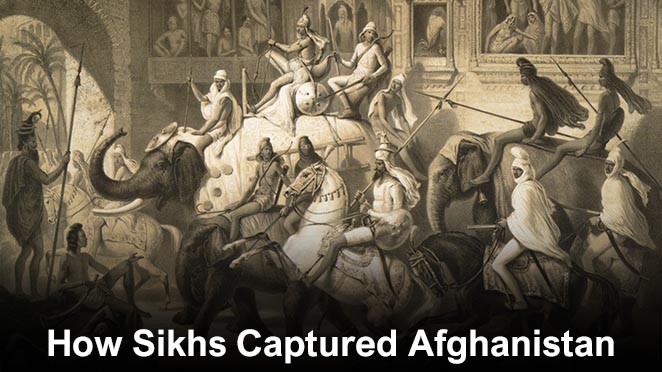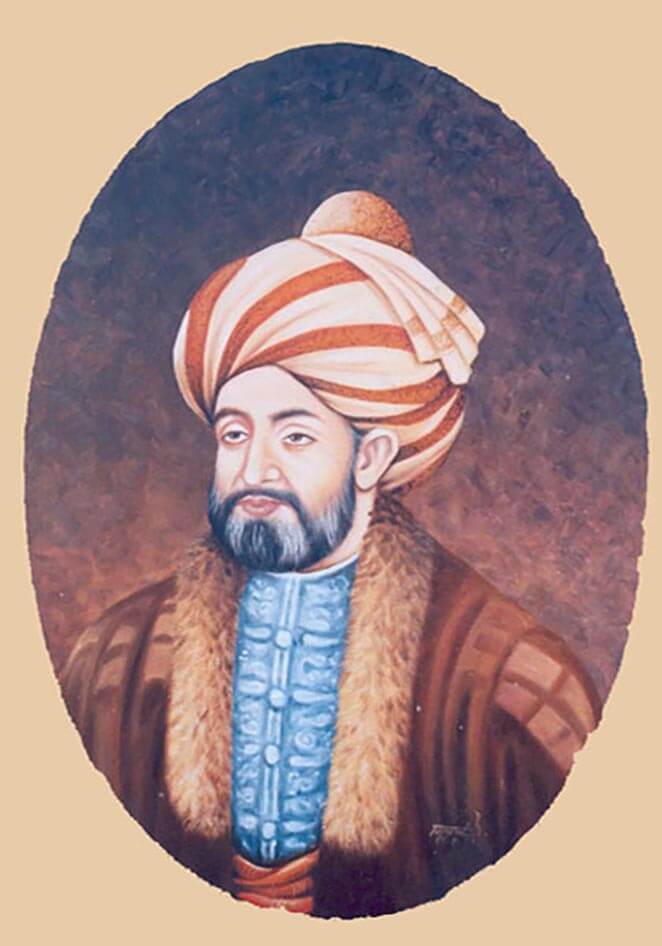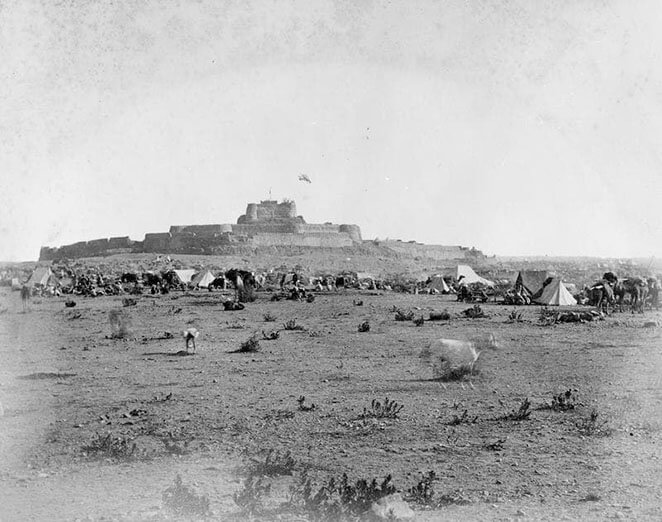
Punjab, a region of sacrifice, a region of eternal strength and the origin of what the world recognises as the bravest community, Sikhs, has the oldest and the most decorated history anywhere in the world. The Sikh community has always been recognised as a symbol of strength and fearlessness in the world and their history clearly depicts it. A story of how the community captured the uncapturable Afghanistan, would remind you of this community’s grandeur again.
Medieval Afghanistan always posed a threat to the kingdom of Punjab. Marauders from Afghanistan would first attack Punjab, take control of the region and then go on to loot Delhi. Ahmad Shah Durrani, known popularly as Ahmad Shah Abdali, who is regarded as the founder of the modern state of Afghanistan was a major threat to the people of Punjab. He became the King of Afghanistan in July 1747 and went on to capture the area of Punjab around Lahore in 1749.

Abdali invaded India seven times from 1748 to 1767, and Punjab was his door to India. A proverb started prevailing in the region ‘Khada Peeta Lahey Da Baki Ahmad Shahey Da’ meaning that one should taste his money as long as he has it because Ahmad Shah would soon loot and plunder it.
The Mughal rule saw strong opposition from the Sikhs in particular. The Sikh Gurus, Banda Singh Bahadur, Punjabi Misls, all led to the decline of Mughal rule in Punjab. The decline of Abdali’s rule in Punjab paved the way for the rise of one of the greatest rulers in world history, Maharaja Ranjit Singh. Maharaja Ranjit Singh took control of Punjab and initiated the Sikh Empire by annexing Lahore in 1799.

The Sikh Kingdom had the borders spread from Sindh to the Yamuna. However, it was very attack-prone from the region of Khyber Pass. Maharaja Ranjit Singh felt the need to defend the region from those attacks and concluded that taking control of Peshawar was the only way to make Kabul defensive. The Battle of Nowshera was fought in Nowshera in March 1823 between the Afghan forces and the Sikh Khalsa Army of Maharaja Ranjit Singh. Sikhs emerged victorious and took control of Peshawar. This was enough to take control of the whole Afghanistan.
Later, the Battle of Peshawar again took place on May 6, 1834 between the Sikh Empire and the Afghans. Hari Singh Nalwa, Commander-in-chief of the Sikh Khalsa Fauj, was sent by Maharaja to capture Peshawar, who did it and took Sultan Mohammad Khan as a prisoner of war. In 1836, Hari Singh Nalwa took control of Jamrud. With the conquest of Jamrud, the frontier of the Sikh Empire now bordered the frontier of Afghanistan. The situation was such that the ruler of Kabul even came to Amritsar on the marriage celebrations of Maharaja Ranjit Singh’s son, Duleep Singh.

This layer resulted in one of the deadliest battles in the history of Punjab. The Great Battle of Jamrud took place on 30 April 1837 between the Emirate of Afghanistan and the Sikh Empire. The result of the battle is termed as inconclusive but it concluded with the great Hari Singh Nalwa’s death. The Afghans could not capture Jamrud, which makes the historians believe that they lost but the death of Hari Singh Nalwa is a sign of their win, thus an inconclusive result. But this was how the Sikh Empire under Maharaja Ranjit Singh captured Afghanistan, the state that was once termed uncapturable.
For Latest News Updates & Memes,
Follow Us On: Instagram | Facebook | Twitter | Telegram | Youtube




